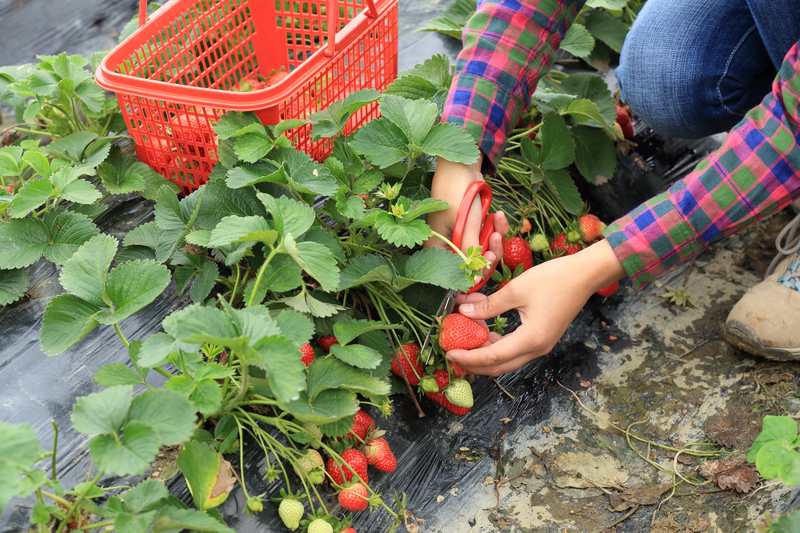Mastering Shade Gardening with Evergreen Climbers
Posted on 02/06/2025

Mastering Shade Gardening with Evergreen Climbers
Shade gardening offers a unique opportunity to create lush, vibrant outdoor spaces in areas where sunlight is limited. One of the most effective strategies to maximize the beauty and functionality of these gardens is by incorporating evergreen climbers. These versatile plants not only provide greenery throughout the year but also add structure, texture, and biodiversity. In this comprehensive guide, we'll explore how to successfully integrate evergreen climbers into your shade garden.
Understanding Evergreen Climbers
Before diving into the specifics, it's essential to understand what makes evergreen climbers unique. Unlike deciduous plants that shed their leaves annually, evergreen plants retain their foliage all year round, ensuring your garden remains vibrant, even in the dullest months. Climbing varieties of these plants can grow upwards along trellises, walls, or fences, making them ideal for adding vertical interest in shaded areas.
Benefits of Using Evergreen Climbers in Shade Gardens
- Year-round interest: Keep your garden looking alive and energetic every season.
- Space-saving: Ideal for small gardens, utilizing vertical spaces effectively.
- Erosion control: Climbing plants can help stabilize soil on slopes or banks.
- Wildlife habitat: Provides shelter and food for birds and beneficial insects.
Choosing the Right Evergreen Climbers
Not all evergreen climbers thrive in shaded conditions, so selecting the right species is crucial. Here are some top choices:
1. Ivy (Hedera helix)
English Ivy is a classic shade-loving climber known for its ability to cover large areas quickly. Its glossy leaves provide a timeless appeal, making it suitable for both traditional and contemporary gardens.
2. Climbing Hydrangea (Hydrangea petiolaris)
With its fragrant flowers and heart-shaped leaves, the Climbing Hydrangea is perfect for partially shaded spots. This slow-growing plant eventually forms a spectacular display of blooms in the early summer.
3. Japanese Honeysuckle (Lonicera japonica)
This climber not only offers beautiful yellow-and-white blooms but also has a delightful fragrance. While it can tolerate some sun, it truly thrives in shaded environments, making it an excellent choice for gardens in cooler climates.
Preparing Your Garden for Evergreen Climbers
Proper preparation is vital to ensure the success of your evergreen climbers in shade gardens. Consider the following steps:
Soil Preparation
Ensure your soil is rich in organic matter to support these plants. Consider adding compost to improve soil fertility and draining capabilities.
Choosing Support Structures
Decide on trellises, wires, or mesh supports based on your garden's design needs. Support systems will guide the growth of your climbers and prevent them from overwhelming other garden features.
Caring for Your Evergreen Climbers
Adequate care ensures that your evergreen climbing plants thrive and continue to enhance your shaded garden. Follow these essential tips:
Watering and Feeding
Shade gardens often retain moisture, but additional watering may be necessary during dry spells. Regular feeding with a balanced fertilizer supports consistent growth.
Pruning and Maintenance
- Regular Pruning: Control the spread and encourage healthy growth.
- Check for Pests: Regular inspection helps prevent infestations in your shade garden.
- Mulching: Helps suppress weeds and retain soil moisture.
Final Thoughts on Shade Gardening with Climbers
Creating a beautiful shade garden with evergreen climbers involves understanding your plants' needs and ensuring they receive proper care. With the right approach, climbers can transform shady spots into green havens, providing a year-round attraction.
Remember:
Each garden is unique, and the effectiveness of evergreen climbing plants will depend on factors like local climate, soil conditions, and available structures. Experiment, be patient, and enjoy the new life these climbers bring to your shaded garden areas.


